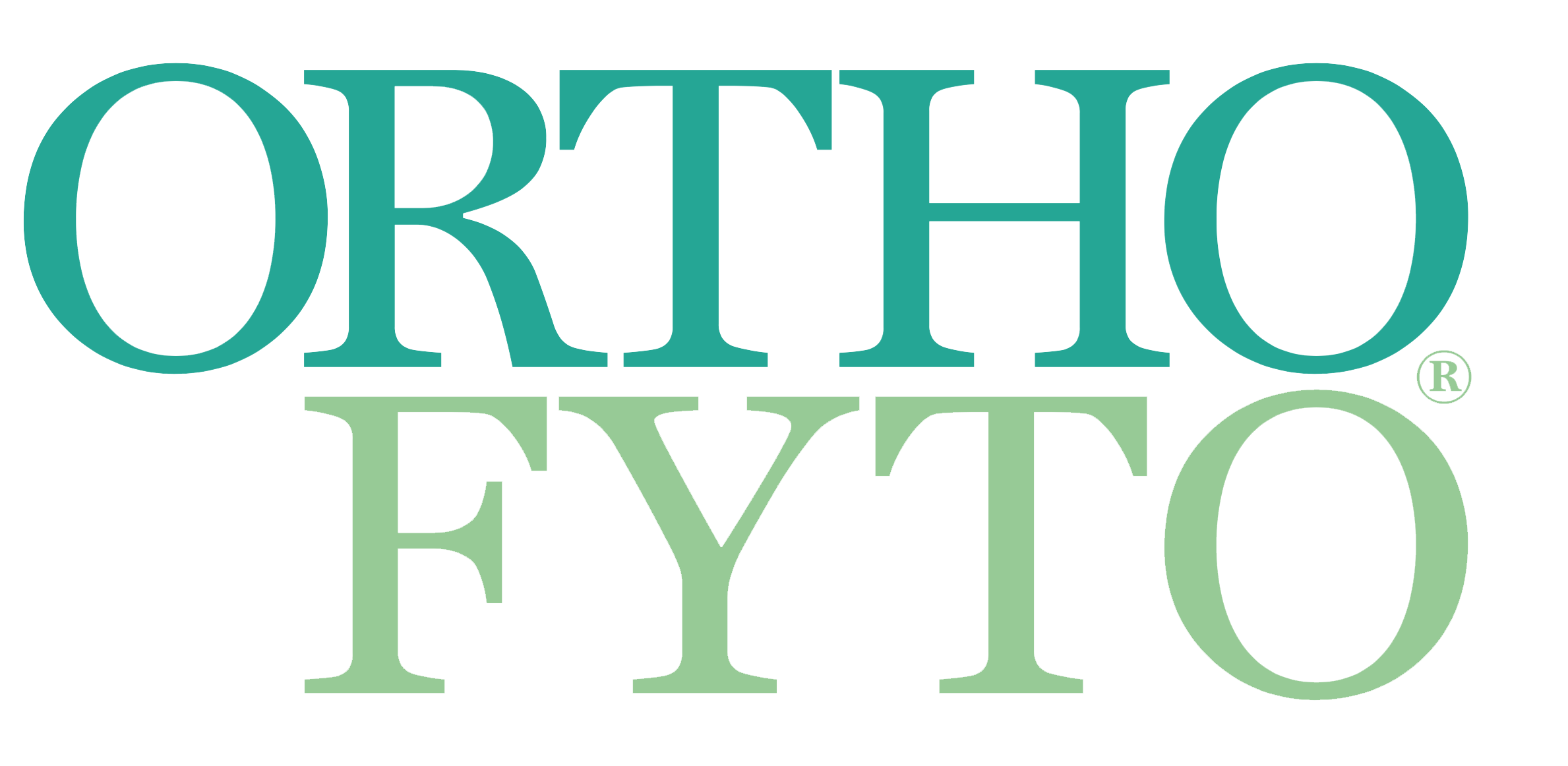Effectiviteit van planten bij het metabool syndroom
14 Jun, 2017
Door: Armelle Demmers
Medicinale planten bij het metabool syndroom kunnen een belangrijke bijdrage leveren aan preventie en verergering van diabetes type 2 (DT2). De gebruikelijke behandeling van DT2 is met name gericht op glycemische homeostase. De β-cellen van de pancreas spelen een sleutelrol in het behouden van glycemische homeostase. Bij de ontwikkeling van nieuwe therapieën ter voorkoming van DT2 worden meer preventieve behandelingen gezocht, door zich te richten op het goed blijven functioneren van de β-cellen van de pancreas.
Het voordeel van plantenstoffen is, als enkelvoudig kruid of in een samengestelde receptuur, dat ze een complexiteit aan phytochemicaliën en bio-activiteiten vormen, die ingrijpen op verschillende metabole werkingsmechanismen. Medicinale planten kunnen om deze reden ook een aanvulling zijn op reguliere medicatie. En wist u dat metformine, een medicijn dat vaak wordt ingezet bij diabetes, ontwikkeld is uit de plant Galega officinalis? Voor meer informatie over knoflook en kurkuma en hun interacties met medicatie zie: www.nvwa.nl Voor meer informatie over het project van Green Health Solutions zie: www.omfl.nl Wilt u het hele artikel als PDF ontvangen? Bestel het dan hier voor € 3,50 Bronvermelding: 1. Oubre AY, Carlson TJ, King SR, Reaven GM. From plant to patient: an ethnomedicinal approach to the identification of new drugs for the treatment of NIMDD. 1997;614–7 2. Chang C, Lin Y, Bartolome A, Chen Y-C, Chiu S-C, Yang W-C. Herbal Therapies for Type 2 Diabetes Mellitus: Chemistry, Biology, and Potential Application of Selected Plants and Compounds: EBSCOhost. Evidence-Based Complement Altern Med. 2013;2013:1–33. 3. Chuengsamarn S, Rattanamongkolgul S, Luechapudiporn R, Phisalaphong C, Jirawatnotai S. Curcumin extract for prevention of type 2 diabetes. Diabetes Care. 2012;35(11):2121–2127 4.Y. Li, V.H. Tran, C. C. Duke, and B. D. Roufogalis, 'Preventive and protective properties of Zingiber officinale (ginger) in diabetes mellitus, diabetic complications, and associated lipid and other metabolic disorders: a brief review.' Evidence-Based Complementary and Alternative Medicine, vol. 2012, Article ID 516870, 10 pages, 2012. 5. Kaur G, Padiya R, Adela R, Putcha UK, Reddy GS, Reddy BR, et al. Garlic and resveratrol attenuate diabetic complications, loss of ß-cells, pancreatic and hepatic oxidative stress in streptozotocin-induced diabetic rats. Front Pharmacol. 2016;7(OCT):1–15. 6. Dhondiram YY, Rajan PR, Harishchandra MR, Prabhakar IM, Singh Satyendrakumar RP. Upashayatmaka effect of rason (Allium sativam Linn.) In madhumeha with special reference to blood sugar level. Int J Res Ayurveda Pharm. 2013;4(2):212–5. 7. Ashraf R., Khan R.A., Ashraf I. Garlic (Allium sativum) supplementation with standard antidiabetic agent provides better diabetic control in type 2 diabetes patients. Pak J Pharm Sci 2011;24(4):565-570. 8. Allen RW, Schwartzman E, Baker WL, Coleman CI, Phung OJ. Cinnamon Use in Type 2 Diabetes: An Updated Systematic Review and Meta-Analysis. Ann Fam Med. 2013;11(5):452–9. 9. Gaddam A, Galla C, Thummisetti S, Marikanty RK, Palanisamy UD, Rao P V. Role of Fenugreek in the prevention of type 2 diabetes mellitus in prediabetes. J Diabetes Metab Disord. 2015;14:74. 10. Gupta A, Gupta R, Lal B. Effect of Trigonella foenum-graecum (fenugreek) seeds on glycaemic control and insulin resistance in type 2 diabetes mellitus: a double blind placebo controlled study. J Assoc Physicians India. 2001;49:1057–1061. 11. Sharma RD, Raghuram TC. Hypoglycaemic effect of fenugreek seeds in non-insulin dependent diabetic subjects. Nutr Res. 1990;10(7):731–739. 12. Suchitra MR, Parthasarathy S. Effect of administration of fenugreek seeds on HbA1C levels in uncontrolled diabetes mellitus – a randomized controlled trial. Int J PharmTech Res. 2015;8(2):180–182. 13. Swaroop A, Bagchi M, Kumar P, Preuss HG, Tiwari K, Marone PA, et al. Safety, efficacy and toxicological evaluation of a novel, patented anti-diabetic extract of Trigonella Foenum-Graecum seed extract (Fenfuro). Toxicol Mech Methods. 2014;24(7):495–503. 14.Kim S, Shin B-C, Lee MS, Lee H, Ernst E. Red ginseng for type 2 diabetes mellitus: a systematic review of randomized controlled trials. Chin J Integr Med. 2011;17(12):937–944. 15. Shishtar E, Sievenpiper JL, Djedovic V, Cozma AI, Ha V, Jayalath VH, et al. The effect of ginseng (the genus panax) on glycemic control: a systematic review and meta-analysis of randomized controlled clinical trials. PLoS One. 2014;9(9):e107391.